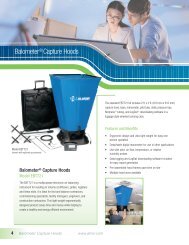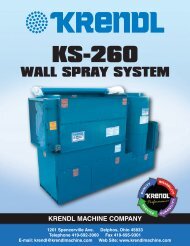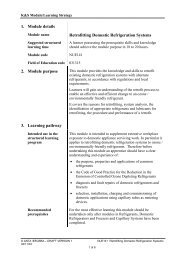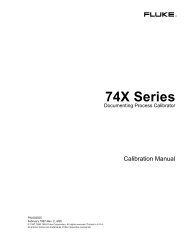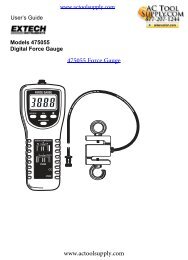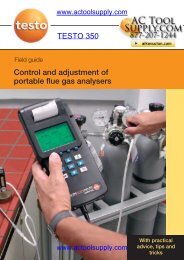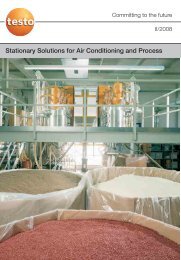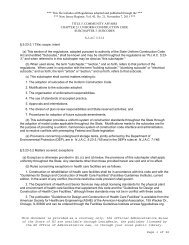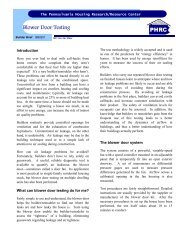Testo 350 Field Guide - Actoolsupply.com
Testo 350 Field Guide - Actoolsupply.com
Testo 350 Field Guide - Actoolsupply.com
You also want an ePaper? Increase the reach of your titles
YUMPU automatically turns print PDFs into web optimized ePapers that Google loves.
www.actoolsupply.<strong>com</strong><br />
Another alternative to reduce or suppress the formation of condensate is the<br />
use of a very high gas flow velocity in the sample lines, as developed and<br />
patented by <strong>Testo</strong>. This principle utilizes turbulent flow and minimal residence<br />
time as the mechanism to keep the moisture entrained in the flue gas. This<br />
method replaces the heated sample line which is a very important benefit for<br />
portable analyzers because of the reduced power input requirements.<br />
• Depending on the gas cooler temperature, a certain amount of water vapor is<br />
condensed and removed in the cooled flue gas which results in the other gas<br />
species (e.g. CO) showing (without any change in their absolute quantity) a<br />
higher relative concentration value. Therefore, in order to <strong>com</strong>pare the results<br />
of two different measurement methods the sample gases must have the same<br />
temperature and humidity.<br />
Consequently a sample gas cooler or a sample gas dryer are used to get the<br />
sample gas to a defined and constant temperature and level of humidity. This<br />
procedure is called sample conditioning.<br />
Note:<br />
• To cool a gas means to dry the gas<br />
and<br />
• In dry gas the measured (relative) concentration values are<br />
higher than in the same gas with a higher level of humidity<br />
<strong>Testo</strong> analyzers are equipped with sample gas cooler according to the<br />
Peltier principle:<br />
The joint surface between two different metals, with an electric current flowing<br />
through, is heated up or cooled down depending on the flow direction of the current.<br />
The cooler of the testo <strong>350</strong> and testo 360 is designed to cool the sample gas<br />
down to +3 °C and to keep this temperature constant. Therefore the temperature<br />
and moisture extracted is constant.<br />
Another water removal method operates according to the<br />
Permeation principle:<br />
These coolers, however, show some disadvantages:<br />
a<br />
b<br />
They cannot keep a specified dew point at a constant level and<br />
they may be blocked through dust particles and organics resulting in higher<br />
maintenance and spare part costs.<br />
24<br />
www.actoolsupply.<strong>com</strong>



